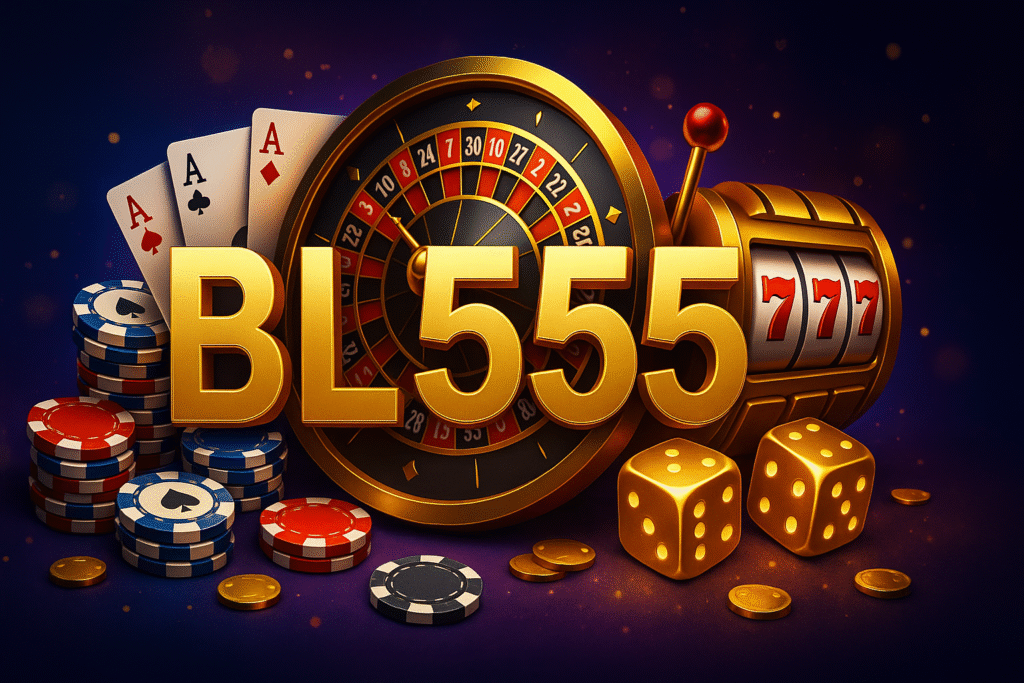
Slot machines have always held a special place in the world of gambling. What started as a simple mechanical device over a century ago has now transformed into an immersive, digital experience found on platforms like trang chủ BL555 This evolution has not only changed how slots look and feel but also how players engage with them, blending entertainment with cutting-edge technology.
In the early days, slot machines were mechanical devices with spinning reels, operated by a lever. The iconic “one-armed bandits” featured limited symbols—usually fruits, bells, and bars—and only one payline. Wins were modest, and the machines were designed more for amusement than for serious gambling. These classic slots could be found in bars, arcades, and casinos, and while they were simple, their charm was undeniable.
The 1980s and 1990s brought the first wave of change with the introduction of video slots. These machines replaced physical reels with screens, allowing for greater game variety and more complex mechanics. Suddenly, slots could have multiple paylines, bonus rounds, and animated effects. This technological advancement laid the groundwork for the online slot revolution that followed.
The rise of the internet in the late 1990s and early 2000s led to the emergence of online casinos, and with them came a new breed of slot machines. Players no longer needed to visit a casino to spin the reels—they could do it from their computer. The games were simple at first, mimicking their land-based counterparts, but developers quickly realized they could push creative boundaries in the digital space.
Today, online slots are more advanced than ever. With 3D graphics, cinematic soundtracks, and interactive bonus features, these games rival video games in terms of production value. Developers experiment with themes ranging from mythology and adventure to pop culture and fantasy. You can find slots inspired by movies, TV shows, and even celebrities, making them appealing to a broader audience.
Another major leap forward has been the introduction of progressive jackpots. These networked slots pool a portion of each bet into a central pot that continues to grow until one lucky player hits the jackpot. Progressive slots like Mega Moolah or Divine Fortune have turned ordinary players into instant millionaires, adding a new level of excitement and possibility to slot gaming.
Mobile compatibility has also played a huge role in the popularity of modern slot machines. With responsive design and touch-optimized interfaces, players can enjoy their favorite games on smartphones and tablets with the same quality as desktop versions. Whether you’re commuting, relaxing at home, or waiting in line, spinning the reels is just a tap away.
Modern slots also offer in-game achievements, leveling systems, and social features that keep players engaged. Some titles include story-driven gameplay, where completing missions or unlocking characters adds depth to the experience. These gamification elements cater to players looking for more than just chance-based entertainment.
The development of fair gaming algorithms has been another vital improvement. Random Number Generators (RNGs) ensure fairness in every spin, and regulators now require transparency regarding Return to Player (RTP) percentages. Responsible gaming tools have also been integrated, allowing players to set limits, take breaks, or self-exclude when needed.
In conclusion, the journey of slot machines from mechanical reels to digital masterpieces showcases the power of innovation in the gaming industry. What began as a simple game of chance has grown into a multi-billion dollar segment that combines technology, creativity, and player engagement. With platforms like Bl555 continuously pushing the envelope, the future of slots promises to be even more exciting, interactive, and rewarding for players around the world.